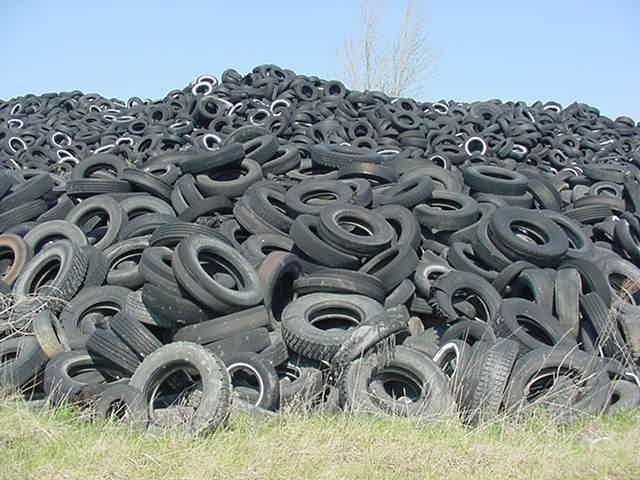
Consumption not population is killing us
Jared Diamond in The New York TimesÂ
TO mathematicians, 32 is an interesting number: it’s 2 raised to the fifth power, 2 times 2 times 2 times 2 times 2. To economists, 32 is even more special, because it measures the difference in lifestyles between the first world and the developing world. The average rates at which people consume resources like oil and metals, and produce wastes like plastics and greenhouse gases, are about 32 times higher in North America, Western Europe, Japan and Australia than they are in the developing world. That factor of 32 has big consequences.
To understand them, consider our concern with world population. Today, there are more than 6.5 billion people, and that number may grow to around 9 billion within this half-century. Several decades ago, many people considered rising population to be the main challenge facing humanity. Now we realize that it matters only insofar as people consume and produce.

 he Australian government supported the US in proposing that future climate change agreements should include some real targets for China, India and Brazil, the fastest growing economies on the planet. The logic is that these large and rapidly growing nations will contribute most to the growth in climate change over the next 12 years.
he Australian government supported the US in proposing that future climate change agreements should include some real targets for China, India and Brazil, the fastest growing economies on the planet. The logic is that these large and rapidly growing nations will contribute most to the growth in climate change over the next 12 years.